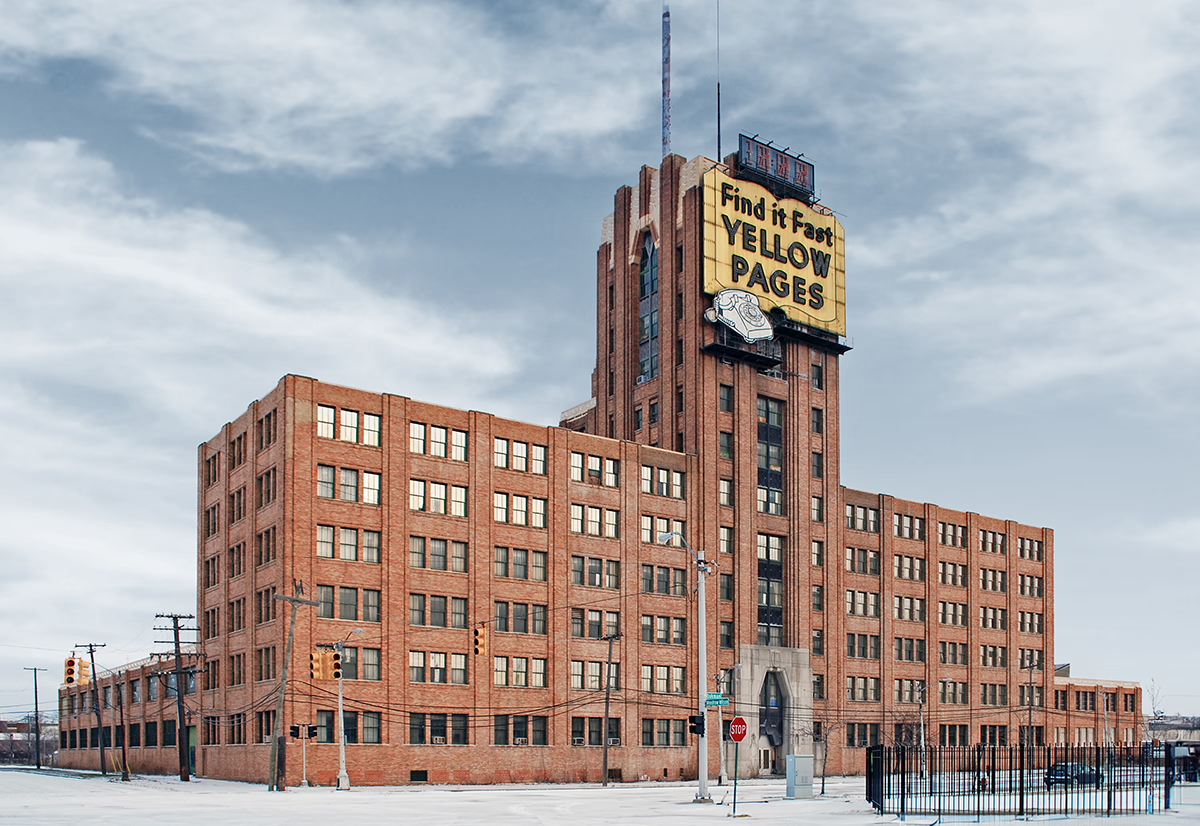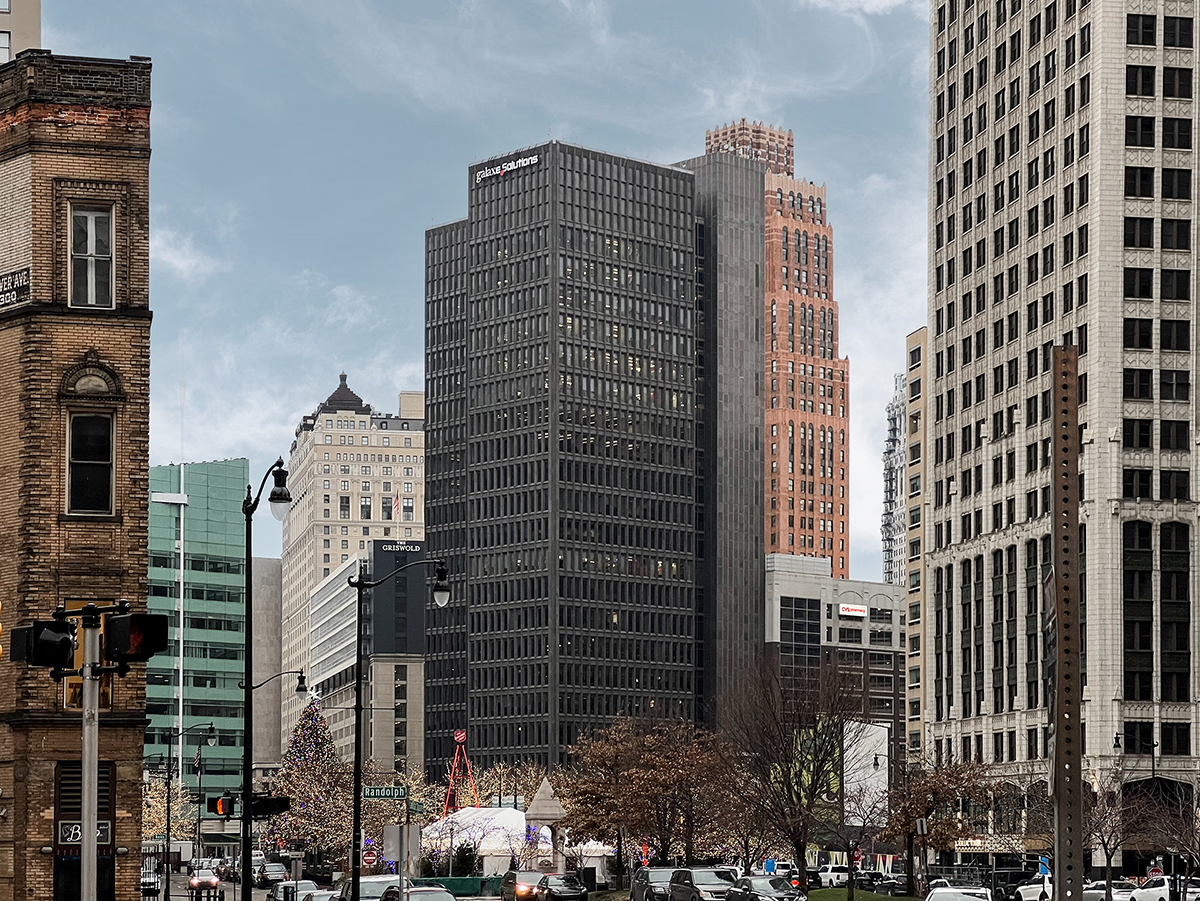Michigan Bell and Western Electric Warehouse vs 1001 Woodward


Comparing the Michigan Bell and Western Electric Warehouse and the 1001 Woodward is particularly interesting because they share the same skyline in Detroit, MI, and were both designed by Smith, Hinchman & Grylls. However, they were completed more than 35 years apart.
This offers a unique perspective on how the architect's style and the city's architecture evolved over time.
Height & Size
The 1001 Woodward is clearly the larger tower of the two, both in terms of height and number of floors. It rises to 338ft (103m) with 23 floors above ground, while the Michigan Bell and Western Electric Warehouse reaches 0ft (m) with 12 floors above ground.
Of course, each project may have faced different briefs or regulatory constraints, which we don't really know about and could also explain the outcome.
Architectural Style
The Michigan Bell and Western Electric Warehouse was designed in the Art Deco style, while the 1001 Woodward reflects the principles of International Style.
At the time of their completion, both styles were well established. This makes the comparison especially interesting, because both buildings represent a dominant aesthetic at a particular point in time.Built 35 years apart (1930 vs 1965), these two buildings are a perfect example of how different architectural styles have shaped the architectural landscape of our cities over time.
Uses
The Michigan Bell and Western Electric Warehouse is primarily commercial , while the 1001 Woodward is primarily commercial.
The Michigan Bell and Western Electric Warehouse offers 155 residential units.
Structure & Facade
Both towers share the same structural solution, a Frame system.
A frame structure uses a grid of columns and beams to carry the building's loads. This frees the walls from structural duties, allowing for flexible floor plans and larger windows.
However, when it comes to the facade, both buildings use different approaches. The Michigan Bell and Western Electric Warehouse uses a Masonry facade, while the 1001 Woodward uses a Window Wall facade.
A Masonry facade like the one seen in the Michigan Bell and Western Electric Warehouse features a heavy masonry skin that gives it a more clasical look, while a window-wall facade like the one seen in the 1001 Woodward uses panels fitted between floor slabs, leaving slab edges visible.
| Michigan Bell and Western Electric Warehouse | 1001 Woodward | |
|---|---|---|
| Smith, Hinchman & Grylls | Architect | Smith, Hinchman & Grylls |
| 1929 | Construction Started | 1963 |
| 1930 | Year Completed | 1965 |
| Art Deco | Architectural Style | International Style |
| Commercial | Current Use | Commercial |
| 12 | Floors Above Ground | 23 |
| Frame | Structure Type | Frame |
| Steel | Vertical Structure Material | Steel |
| Concrete | Horizontal Structure Material | Concrete |
| Brick | Main Facade Material | Glass, Granite |
| MI | State | MI |
| Detroit | City | Detroit |
| 882 Oakman Boulevard | Address | 1001 Woodward Avenue |